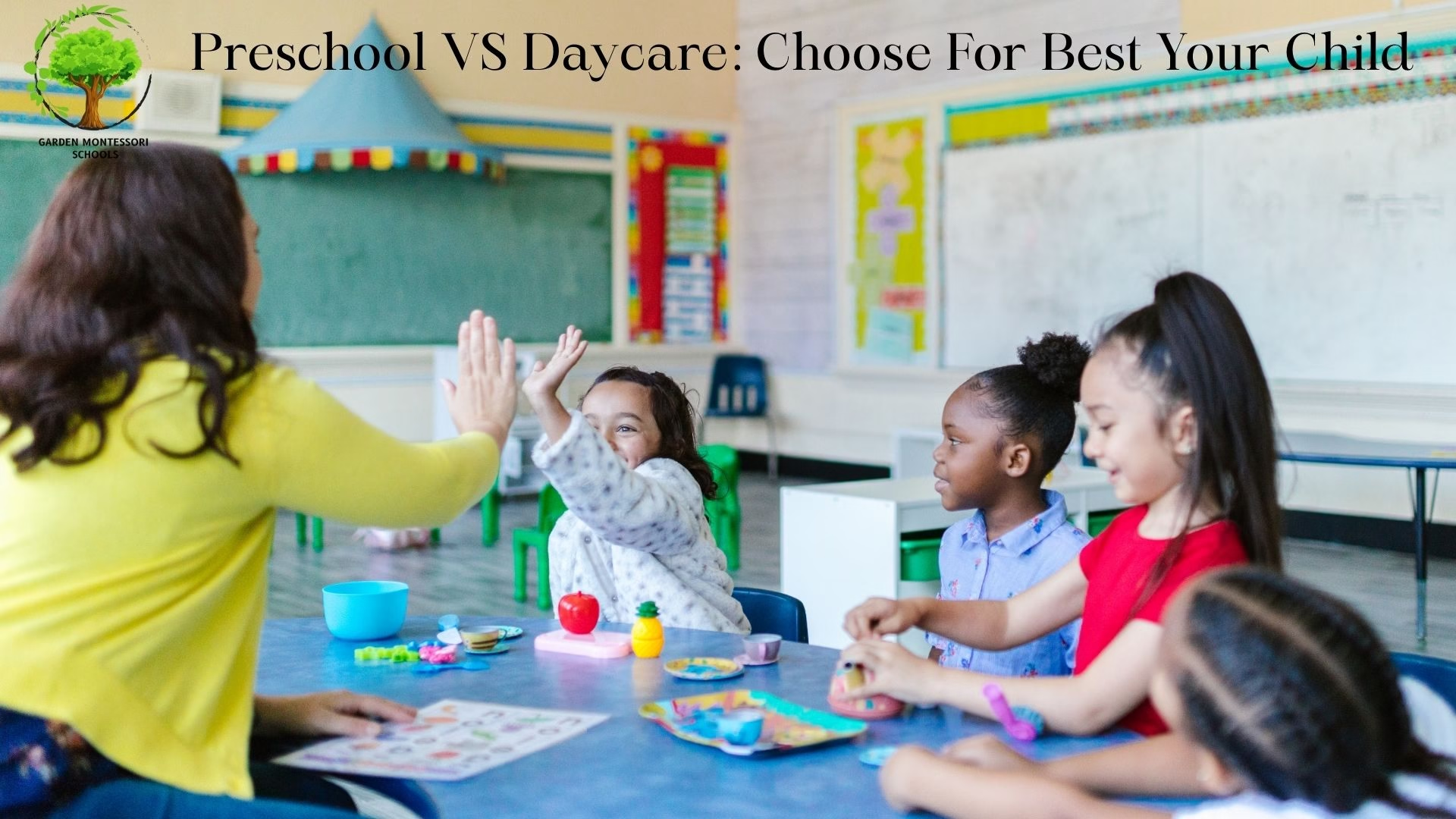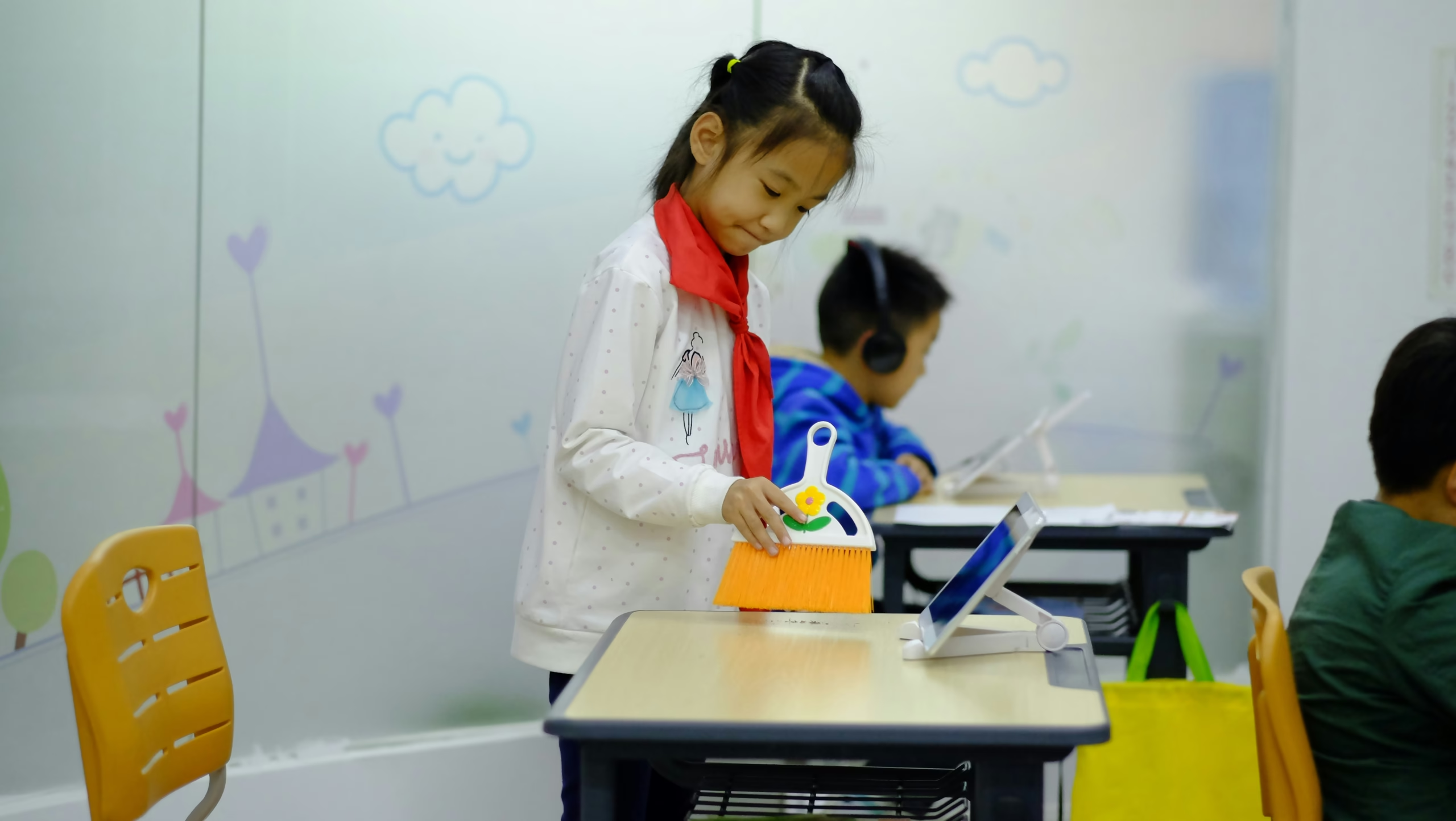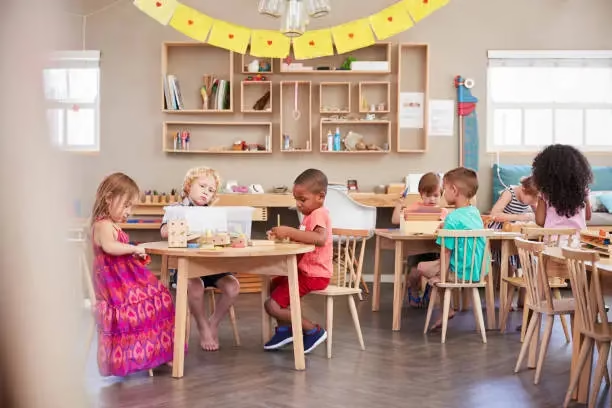From the gruesome board game to the strict and stubborn doohickey to terrors at school, no way can we children really be allowed — even by ourselves — to have whatever it is that will help keep us quiet when those other things come along and make a fuss.
And it is SO much one of those life skills that we should be teaching our children – how to self-regulate and manage their emotions. Children – especially very young children who lack the facility to self-regulate emotions – feel safe here and can think clear-headedly and speak rationally.
So here are 10 calm down strategies to use with kids that actually work – ten simple and science-based (but gentle) strategies for bringing peace and patience, and serenity into your home.
Click For More: Information
Deep Breathing Exercises
The quickest shortcut to getting your body calm after moving is deep, slow breathing. And kids get this wrong all the time when they’re ticked off and they start having these shallow little breaths, like fastbreathfastbreath.
Try this simple activity:
Smell the Flower, Blow Out the Candle.” This is one of the most effective Calm Down Strategies for children. Please have your child inhale the flower (3 to 5 seconds of deep breathing in through their nose) and exhale out the candle (4 to 9 seconds of gentle breathing out through their mouth). This simple breathing exercise helps children relax, manage their emotions, and refocus their energy in a calm and positive way.
Throw in some fun visuals: I use bubbles, pinwheels, or a flower and candle picture so kids don’t let it slip their mind! And they won’t even, and by which they shouldn’t — but will think of themselves as having long afterwards fitted on the way there.
Why it works:
Keep breathing deeply while you’re at it — deep breaths are a signal to your brain to remove the stress hormone cortisol from your body and will help reduce both heart rate and mind. writelaw and triggers the body’s relaxation response — which means it takes zero time to get into a relaxed headspace.
Click For More: Information
Create a Calm-Down Corner
Every child deserves a safe place to feel their feelings without fear of being judged. A chill-out corner is not a punishment; it’s a retreat.
You can build one in any room, with soft pillows or stuffed animals, sensory toys, picture books, or calming lights. Get your child to go to this calm space when they’re feeling frustrated or angry.
Pro tip: Include photos of calming-down options (“Take 5 deep breaths,” “Hug your teddy,” “Listen to calming music”). This is empowering for the kids to have that locus of control over their feelings.
Why it works:
A designated safe space can help children regain that sense of control, but it also becomes a physical reminder to go from reaction mode into recovery mode,” Winters said.
Click For More: Information
Use Movement to Release Energy
Those little kids should not always be asked to “sit still and calm down.” They need to move first! Physical activity helps release all that pent-up energy. Exercise is one of the most effective Calm Down Strategies, allowing children to shift from emotional chaos to calm, cool, and controlled behavior. Movement helps them reset their minds and bodies before they’re ready to truly settle down.
Ideas to try:
- Jumping jacks or star jumps
- Dancing to a favorite song
- Running in place
- *Varmint walk ( cobra, frog, bear, or bunny – they hop)
- 9) Yoga exercises for kids: stretching poses
Why it works:
Gym class decreases adrenaline, improves oxygen flow to the brain, and resets the nervous system — helping children think more clearly afterward. Incorporating physical activity into Calm Down Strategies is a powerful way to help kids manage their emotions, release stress, and regain focus in a healthy, natural way.
Click For More: Information
Sensory Fidget And Stress Toy
Kids sometimes communicate feelings in terms of senses. Giving them something tactile or calming can help the protests, Justkin says, explaining that tactile will help them to self-soothe and pay attention.
Examples include:
- Stress balls or playdough
- Kinetic sand or slime
- Weighted blankets or lap pads
- Fidget spinners or cubes
- Soft music or a relaxing fragrance, like lavender
Why it works:
Sensory play helps regulate the nervous system while offering comfort through touch, sight, or sound — transforming feelings into peace. Including sensory play in your Calm Down Strategies gives children a soothing way to express emotions, explore their senses, and find balance during stressful moments.
Click For More: Information
Use Positive Self-Talk
When adults help children learn how, kids can also be their own best cheerleaders. Positive self-affirmations or “calm thoughts” enable them to substitute negative feelings with powerful beliefs.
Teach phrases like:
- I can handle this.
- It’s okay to be mad, still, when I want to remind myself down.
- I am safe.
- I can take a break and try again.”
You might even make affirmation cards together — colorful flashcards with inspiring phrases that your child can select from when they need a lift.
Why it works:
Positive self-talk is teaching the brain to deal with stress productively rather than fearfully or out of frustration.
Click For More: Information
Offer Choices and Control
There are a lot of complex and perpetuating incentives at play here, to be sure. “Many meltdowns come from feeling helpless,” Dr. Ginsburg says. Offering children simple choices can restore their sense of control and confidence — one of the most effective Calm Down Strategies to help them avoid emotional overwhelm and regain balance.
Examples:
- Would you like to take a break or catch your breath?
- Do you want to colour or play with your calm jar?”
- Would you like to do your breathing or hear some music?”
Why it works:
And when kids have a say in how they calm down, they’re more likely to cooperate and use those Calm Down Strategies the next time. Giving children choices empowers them to take control of their emotions and builds healthy habits for self-regulation.
Click For More: Information
Practice Visualization and Storytelling
Visual imagery is powerful; it’s a ‘calm-down vehicle’ that takes the child’s imagination and whisks them to a safe place,” Dr. Kaufman said.
You can encourage them to close their eyes and picture themselves in a positive scene — sprawled on the cool grass of an open field, floating above the clouds, or by the side of a sea. You’ll need to listen and visualize:.
Warming in the sun on your face … Gentle waves you hear … Gain a respect for life and freedom.
You may even make a Calm Story and have their best-loved character learn how to breathe/chill out (kids really do that kind of thing very frequently!).
Why it works:
It hushes the relaxation centers in our brain, and for a while, it allows us to take a vacation from stressing about stress.
Click For More: Information
Keep a Calm-Down Kit Handy
It’s to emotions what a first-aid box is to cuts — a mini, stress-relief gadget your child can hold onto and use personally whenever they need to relax. Whether at home, on the bus, or in class, these tools make great additions to your Calm Down Strategies, helping children soothe themselves and manage emotions independently.
What to include:
- Squishy Mini Stress Ball Stress of Joff Toy
- Mini coloring book and crayons
- Mom’s favorite photo, Mommy’s cute little stuffed animal favorite
- Breathing exercise card
- Headphones with calming music
Why it works:
It helps make children feel better by providing comfort tools they can look to and relate to when getting through their own tough times,” she said. These tools are an important part of effective Calm Down Strategies, giving children the support they need to manage emotions and build resilience.
Click For More: Information
Model Calm Behavior Yourself
Children’s ears, in fact, don’t listen just to what we say but to who we are. Me, too! In fact, I almost never express my anger. “If we can sit in a way that’s relaxed and be calm, then they can have some of those coping tools that they use, too.”
Try this:
For girls, a calming body and voice can make quite a difference in getting your child to calm down when upset. Say things like:
“I’m angry, and I know you’re angry,” he said on Tuesday before casting his vote. “Cuz I’m tired of it, you’re tired of it, and the whole country is going to take a deep breath.
“Let’s calm down together.”
Why it works:
We, tall-bosomed adults, we who have conquered their hearts utterly, so that by uncanny magic they take twenty from us while we think they– taking only a hundredth part) A scornful look transmits to them our every phase. You’re modeling that it’s okay to have big feelings.” And then manageable.
Bonus Tip: Practice When They’re Calm
The key to success is consistency. These strategies work best when kids practice them before a meltdown — not during one for the first time.
Build calm-down time into your daily routine:
- After school, spend 5 minutes breathing or stretching together.
- Use bedtime for gratitude or mindfulness.
- Praise your child when they use a calm-down strategy on their own.
The more they practice, the stronger their emotional toolkit becomes.
Click For More: Information
Final Thoughts
It helps make children feel better by providing comfort tools they can look to and relate to when getting through their own tough times,” she said. These tools are an important part of effective Calm Down Strategies, giving children the support they need to manage emotions and build resilience.
You are role modeling how to help her take steps by steps in the here and now (Some relaxation jargon for you). An essential life-long toolset of emotional intelligence and self-awareness, and power.
Remember: every child is different. What calms one down doesn’t do it for the other — and that’s A-OK. (from: Inner Sunset) “I’m just stoked to have got these, says Whitworth, laughing at what it has taken thus far to haul this pair of Net-addicted loners back into the light of their “inner sunset.
And with a few tools aimed at a specific problem, they show you how you can turn your child’s three-alarm meltdowns into developmental progress — in just one deep breath.
FAQ’s
How do you comfort a distressed child to help them calm down?
There are common-sense steps we can take to keep our emotions — the very big ones, with all due respect — in check. Practicing simple Calm Down Strategies can help both children and adults manage intense feelings, stay grounded, and respond to challenges with greater patience and control.
What is the best age to start teaching my child Calm Down Strategies to help them manage their emotions effectively?
Training in calm-down skills can begin around age 2 or 3.
What can I do to soothe my baby when she gets the heebie jeebies?
Lower your tone, lower the volume, and help your child by inviting them to take a couple of deep breaths or use an anti-anxiety tool.
What if my child rejects all of the calming-down tools?
There’s a good chance you’ll want to try them all when you’re happy! Exploring different Calm Down Strategies can be just as fun and rewarding, helping children (and even adults) discover what works best to stay relaxed, balanced, and joyful.
Are there any effective treatments for anxiety or hyperactivity in my child, such as therapy or a calming corner (or other sensory-friendly techniques to help my child?
And sure, they’re stress-relieving and focusing — and make the kids feel like they have a teeny bit of control.



